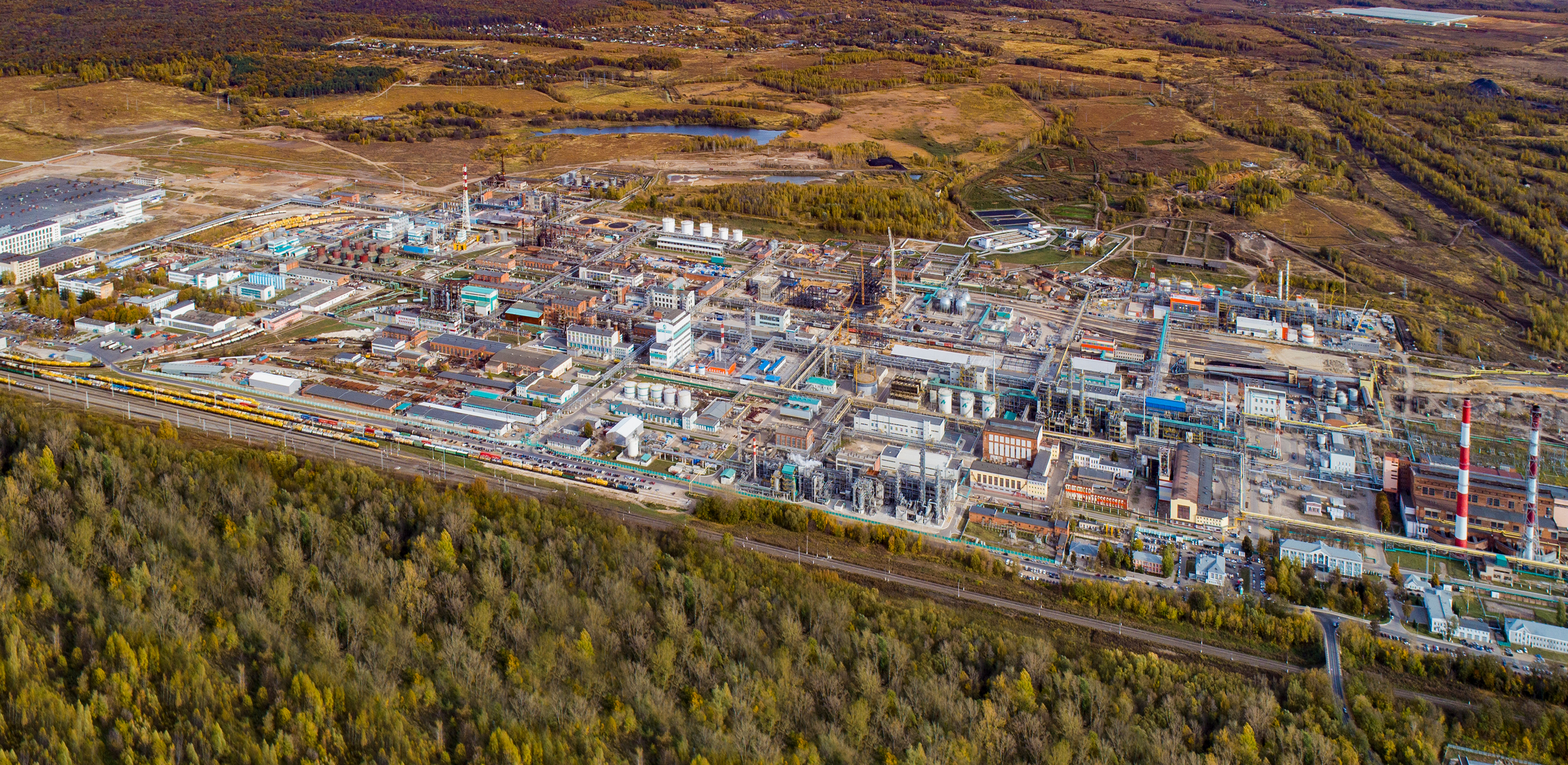 |
ELECTRODIALYSIS PLANTS
Electrodialysis units (EDU) are used for desalting slightly salted water, obtaining drinking water, preparing water in production processes, concentrating solutions, and much more.
The electrodialysis module is a filter-press type equipment that consists of two repeatedly appearing sections: the concentration section (brine) and the desalting section (desalting). Before switching on the direct current, all sections of the electrodialyzer are evenly filled with cations and anions of the electrolyte. When the current is switched on, cations migrate through the cationic membrane to the cathode, but their further electromigration to the cathode is limited by the low-permeable anionite membrane. Accordingly, anions migrate to the anode through the anionite membrane when a direct electric current flows, but further electromigration to the anode is prevented by cationic membranes, which are not permeable to anions. The result is a symmetrical process in which cations and anions from even sections, called desalting sections, migrate to odd sections, where they accumulate, and the sections are called concentration sections (brine).
Part number:
Description
Main directions of applicative electrodialysis
Cleaning of non-electrolytes from mineral impurities:
Cleaning of salt solutions and water mixtures of organic compounds and substances: serums, amino acids, vitamins, milk;
sugar, molasses and intermediate products of their production;
juices, latexes, photographic emulsions, cellulose pulp, black liquor.
Demineralization of glycerin, organic acids, monomers, and organic synthesis intermediates.
Cleaning milk from radioactive elements.
Purification of water and aqueous solutions of electrolytes:
Desalting of electrolyte solutions.
Demineralization of waste water (production of ammonium nitrate, galvanic, pickling household).
Preparation of water for heat power.
Treatment of radioactive waste water.
Concentration of solutions:
Concentration of waste water containing valuable components (rare and precious metals for their subsequent extraction), solutions of uranium salts.
Conversion of waste carbonate-sulfate solutions.
Concentration of solutions of electrolytes prior to evaporation.
Concentration of radioactive water.
Exchange process:
Production of acids and alkalis from salts, for example, NaOH and formic acid from sodium formate; Sol of silicic acid from sodium silicate; Hydrobromic acid from ammonium bromide.
Regeneration of acids from acidic pickling solutions using electrodialysis units.
Rectification processes:
Separation of multivalent cations from monovalent cations.
Separation of protein hydrolysates into amino acid fractions; separation of amino acids.
Changes in the ionic composition of liquids, such as the CA:Na ratio in milk.
Application in the dairy industry
Currently, the need, feasibility and possibility of industrial processing of lactoserum does not cause any doubts among professionals of the dairy industry around the world.
As a by-product of milk processing, lactoserum has a high nutritional and biological value (contains about 50% of milk solids-proteins, vitamins and minerals) with a low energy value (a small amount of milk fat goes into the serum).
Such unique properties of the product open up wide contemplations for its application in various industries:
nutritional;
confectionery;
agricultural;
pharmaceutical;
cosmetic.
In this regard, the discharge of serum into drains is not only a factor of environmental pollution, but also a lost profit from the loss of a promising resource.
The low level of serum use in industrial processing is caused by a significant content of minerals and lactic acid. However, modern serum demineralization technologies make it easy to solve this problem.
One of the leading trends in recent years in serum processing in our country and abroad is the widespread use of membrane processing methods, in particular electrodialysis.
Electrodialysis unit with a capacity of 30 m3 / day of concentrated sour curd serum with a demineralization rate of 70%.
Cleaning of non-electrolytes from mineral impurities:
Cleaning of salt solutions and water mixtures of organic compounds and substances: serums, amino acids, vitamins, milk;
sugar, molasses and intermediate products of their production;
juices, latexes, photographic emulsions, cellulose pulp, black liquor.
Demineralization of glycerin, organic acids, monomers, and organic synthesis intermediates.
Cleaning milk from radioactive elements.
Purification of water and aqueous solutions of electrolytes:
Desalting of electrolyte solutions.
Demineralization of waste water (production of ammonium nitrate, galvanic, pickling household).
Preparation of water for heat power.
Treatment of radioactive waste water.
Concentration of solutions:
Concentration of waste water containing valuable components (rare and precious metals for their subsequent extraction), solutions of uranium salts.
Conversion of waste carbonate-sulfate solutions.
Concentration of solutions of electrolytes prior to evaporation.
Concentration of radioactive water.
Exchange process:
Production of acids and alkalis from salts, for example, NaOH and formic acid from sodium formate; Sol of silicic acid from sodium silicate; Hydrobromic acid from ammonium bromide.
Regeneration of acids from acidic pickling solutions using electrodialysis units.
Rectification processes:
Separation of multivalent cations from monovalent cations.
Separation of protein hydrolysates into amino acid fractions; separation of amino acids.
Changes in the ionic composition of liquids, such as the CA:Na ratio in milk.
Application in the dairy industry
Currently, the need, feasibility and possibility of industrial processing of lactoserum does not cause any doubts among professionals of the dairy industry around the world.
As a by-product of milk processing, lactoserum has a high nutritional and biological value (contains about 50% of milk solids-proteins, vitamins and minerals) with a low energy value (a small amount of milk fat goes into the serum).
Such unique properties of the product open up wide contemplations for its application in various industries:
nutritional;
confectionery;
agricultural;
pharmaceutical;
cosmetic.
In this regard, the discharge of serum into drains is not only a factor of environmental pollution, but also a lost profit from the loss of a promising resource.
The low level of serum use in industrial processing is caused by a significant content of minerals and lactic acid. However, modern serum demineralization technologies make it easy to solve this problem.
One of the leading trends in recent years in serum processing in our country and abroad is the widespread use of membrane processing methods, in particular electrodialysis.
Electrodialysis unit with a capacity of 30 m3 / day of concentrated sour curd serum with a demineralization rate of 70%.
